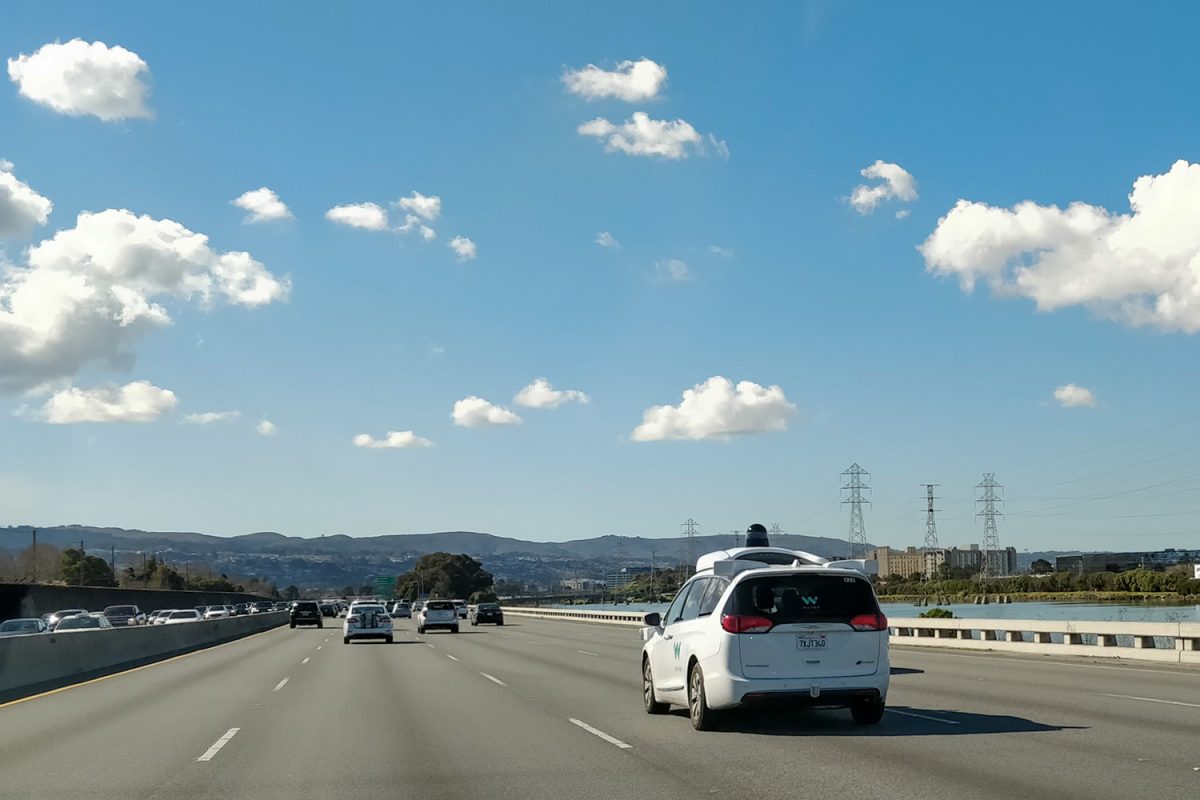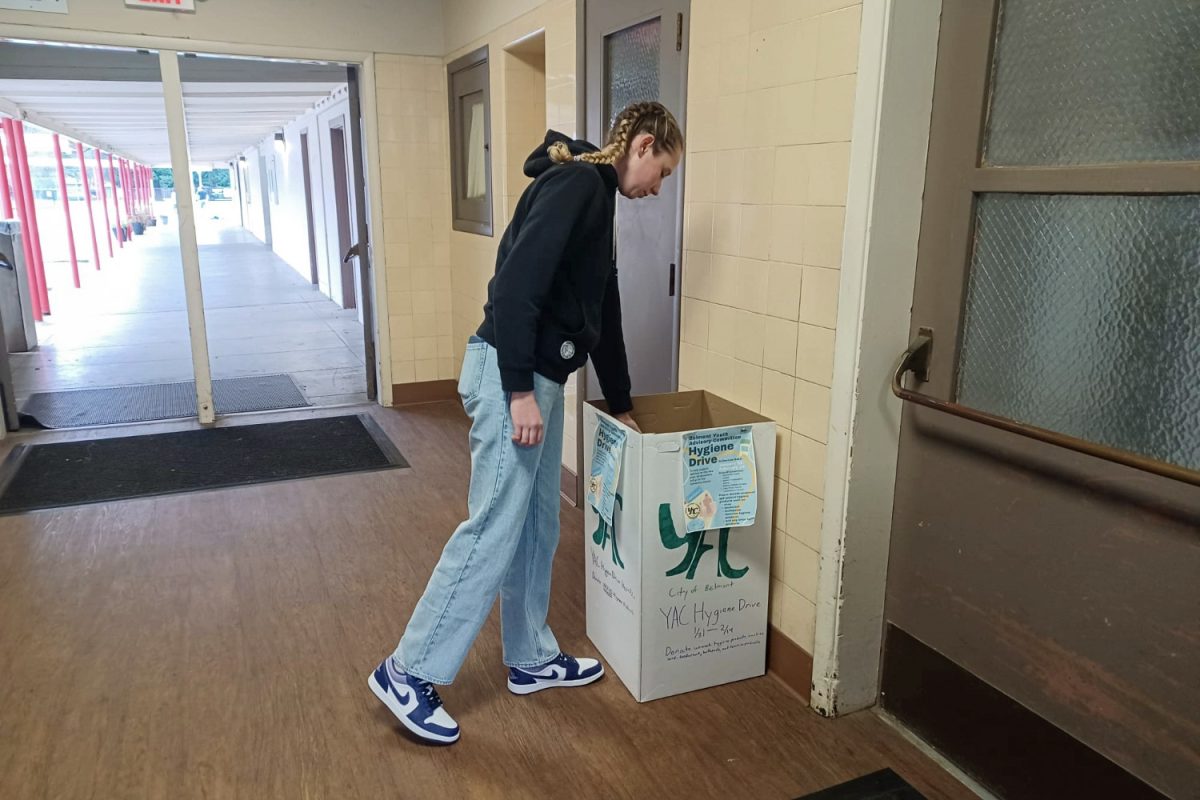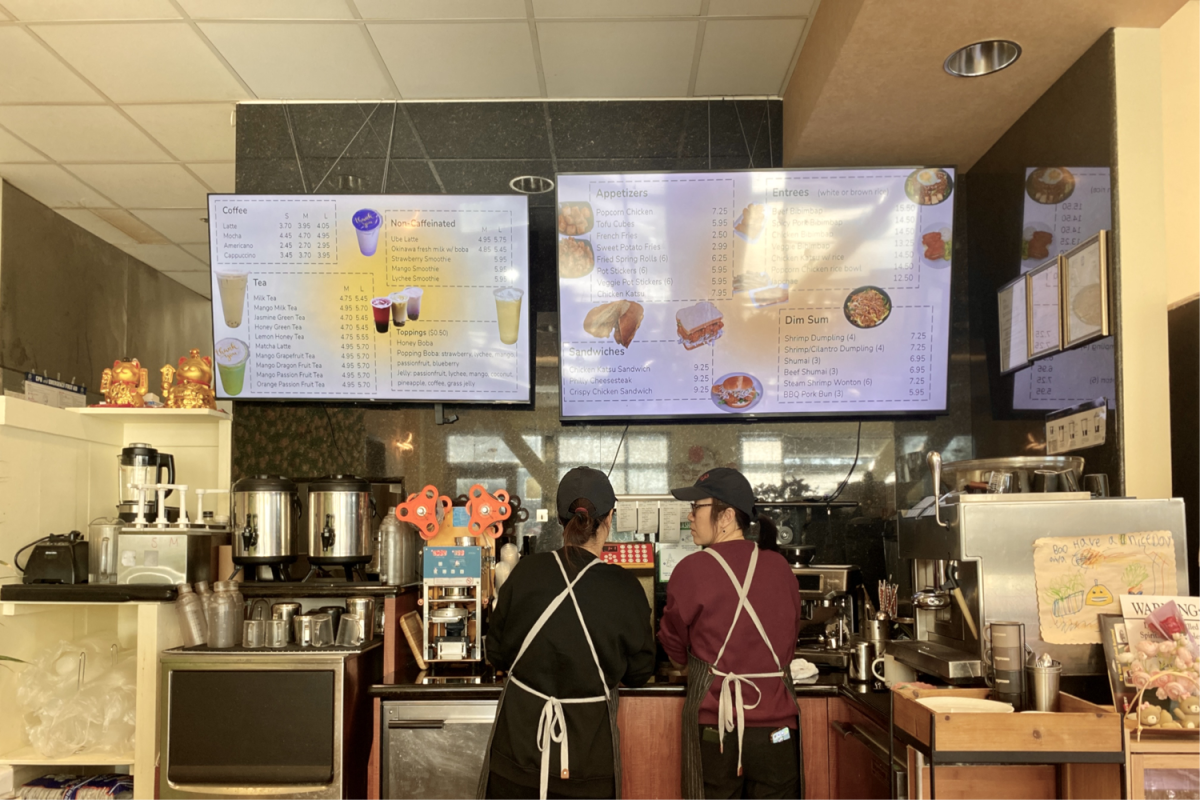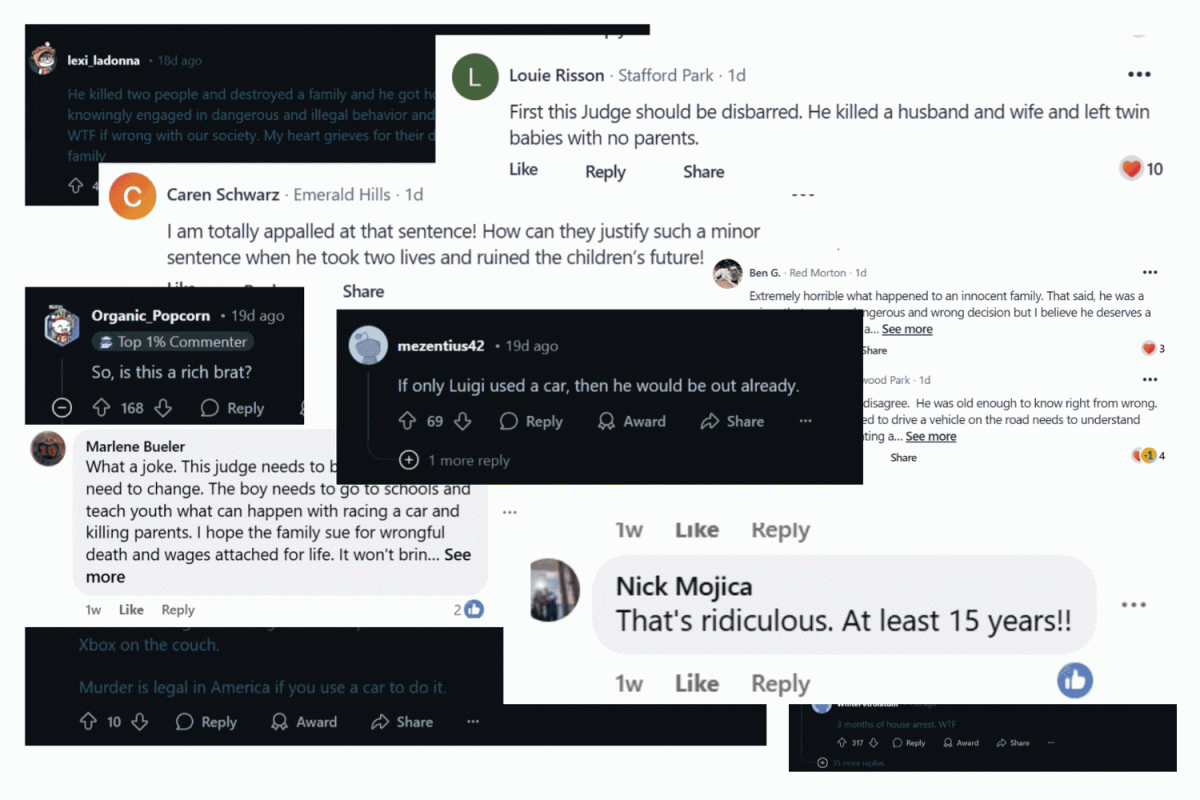The California Public Utilities Commission (CPUC) recently greenlit Waymo, an autonomous driving technology company, expansion onto freeways in the San Francisco Peninsula, sparking safety and regulation concerns among county officials and residents.
Waymo can now operate its autonomous vehicles from San Francisco to Sunnyvale, according to Brad Templeton, the editor of robocars.com and a robocar consultant.
“This is an approval to run a taxi service but with self-driving taxis, over a much wider area than anyone has ever done in the United States before. For that region, in particular, it should cover most of the trips you would take, which is interesting because now you can explore whether someone is willing to say, ‘I don’t need a car anymore because I can use this.’ That’s the long-term goal: to replace private car ownership,” Templeton said.
The expansion marks a step forward for Waymo’s mission to provide fully autonomous driving services for people. They’ve published a study that found that over 7 million rider-only miles, their vehicles were involved in 85% less injury-causing crash rates and 57% less police-reported crash rates than human drivers.
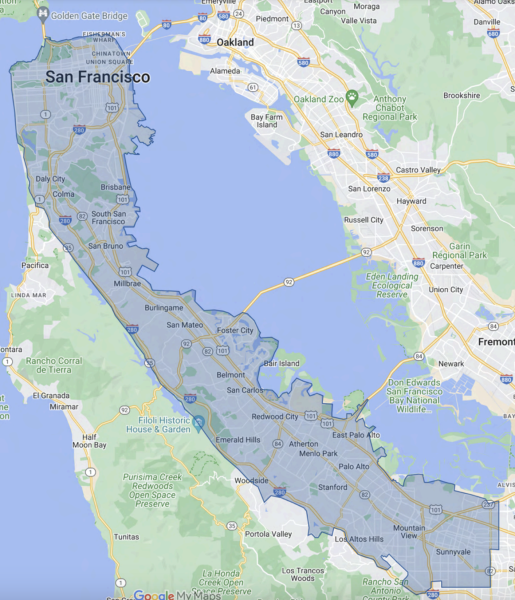
According to Templeton, although the data shows significantly fewer mistakes, people tend to focus on crashes and other incidents.
“If you look at an individual crash, each individual crash is a tragedy. And so, we have a conflict in our own minds between things that are emotionally triggering and scary and the desire to have a general improvement of road safety even though it’s not a perfect improvement in road safety,” Templeton said.
Additionally, freeway speed limits go up to 65 mph, compared to 25 to 40 mph on local streets. Driving at such speeds by self-driving cars makes it scarier and riskier.
“If you make a mistake, and you will make mistakes because perfection is not achievable, the mistakes could be dramatically more severe at freeway speed. And so even though it’s more complex and harder to drive on city streets, Waymo did that first because just the danger of the freeway is scary,” Templeton said.
Along with sharing similar concerns, officials such as San Mateo County Vice President David Canepa issued a protest letter to the CPUC’s decision, asking Waymo to communicate with county staff.
“They’ve talked with some elected officials, but you have to remember we’re talking about the details of deploying these Waymo vehicles on roads, infrastructure, police and fire and how they interact,” Canepa said. “When we asked Waymo to meet with our staff, they have not reached out to them, which is the police, sheriff’s department, and public works. They’re the ones who are truly the decision makers. I was a little bit dismayed at the lack of communication.”
The CPUC regulates and provides safety oversight over for-hire passenger carriers. Nevertheless, as autonomous vehicles become more prevalent, cities and counties want more local jurisdictions over the operation of robotaxis.
“We, as government, have to put in the guardrails to protect people with legislation and regulation. They should prove to us through a comprehensive strategic plan that they’re able to identify all issues relative to safety. To me, it’s the safety issue. So, what processes do they have in place? I see the CPUC issue a permit, but what sort of protections are in place?” Canepa said.
The discussion around autonomous taxis like Waymo highlights a shared emphasis on safety.
“The companies should definitely talk and keep communication going with the government and continue to tell them what new features they’re developing,” said Leonard Jin, a Carlmont High School student interested in A.I. “Especially in certain areas, the government needs to make sure everything is safe, and the companies need to show that everything is safe.”

